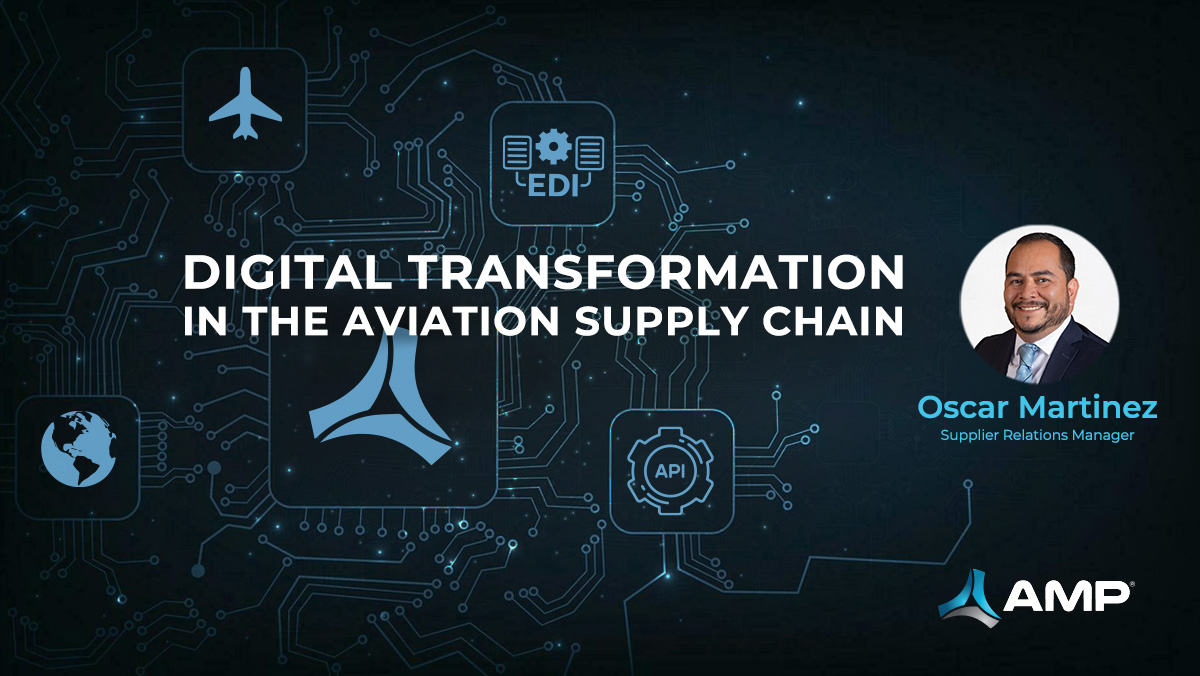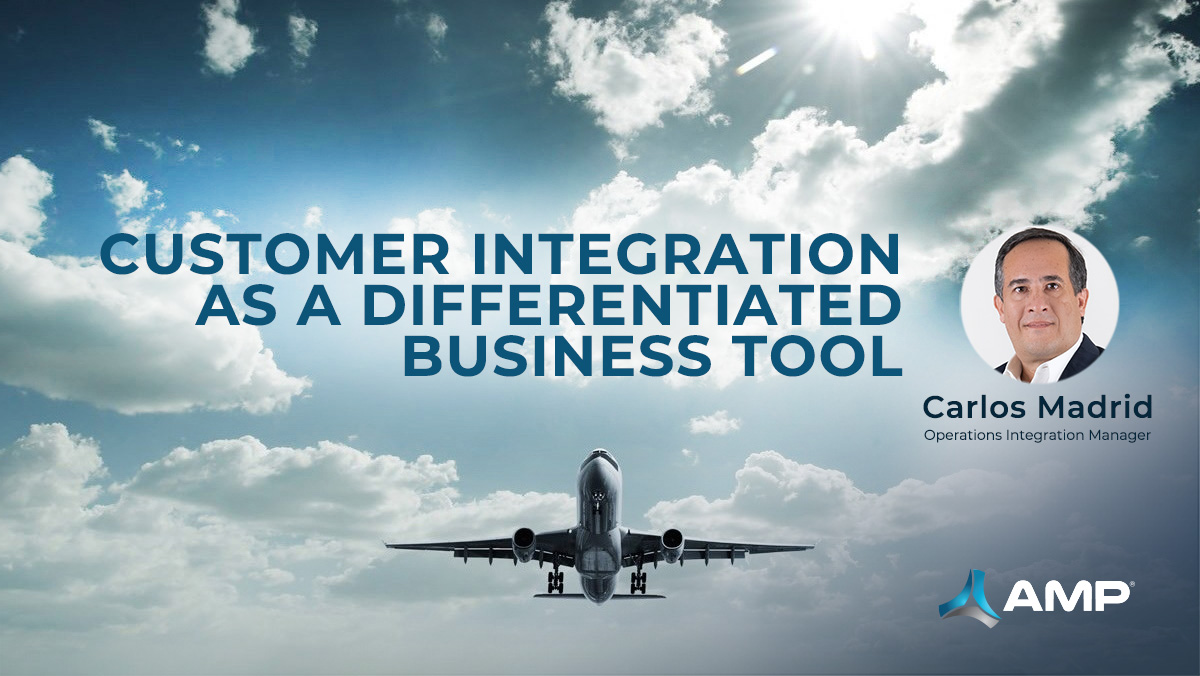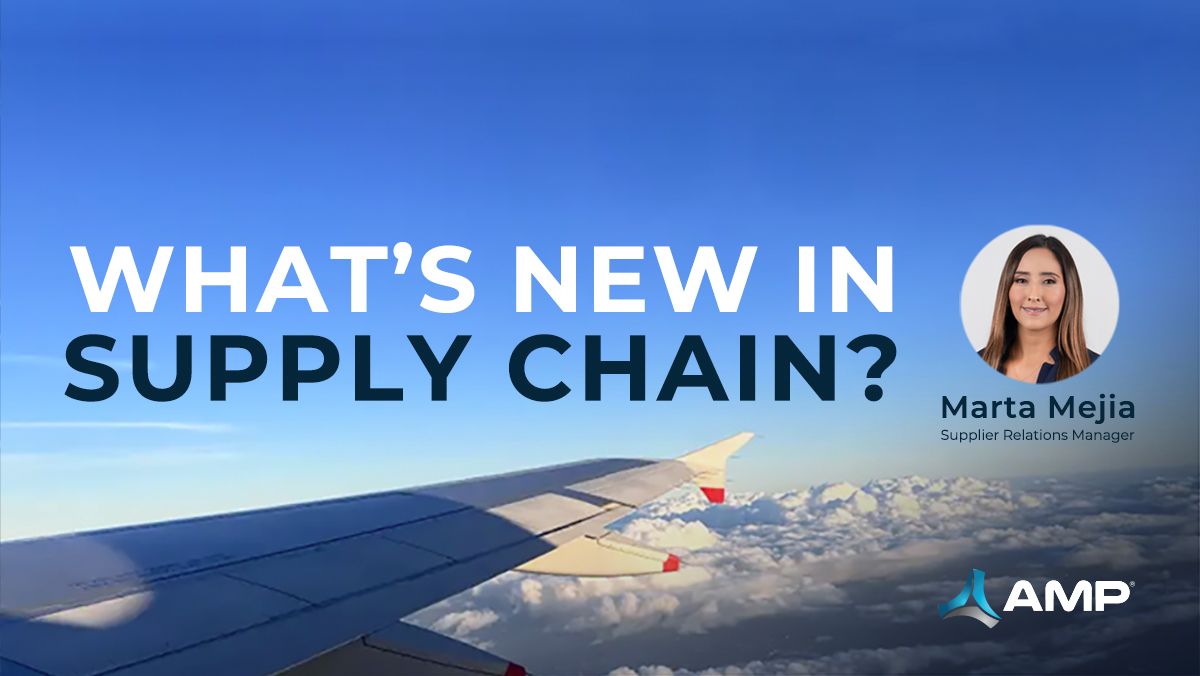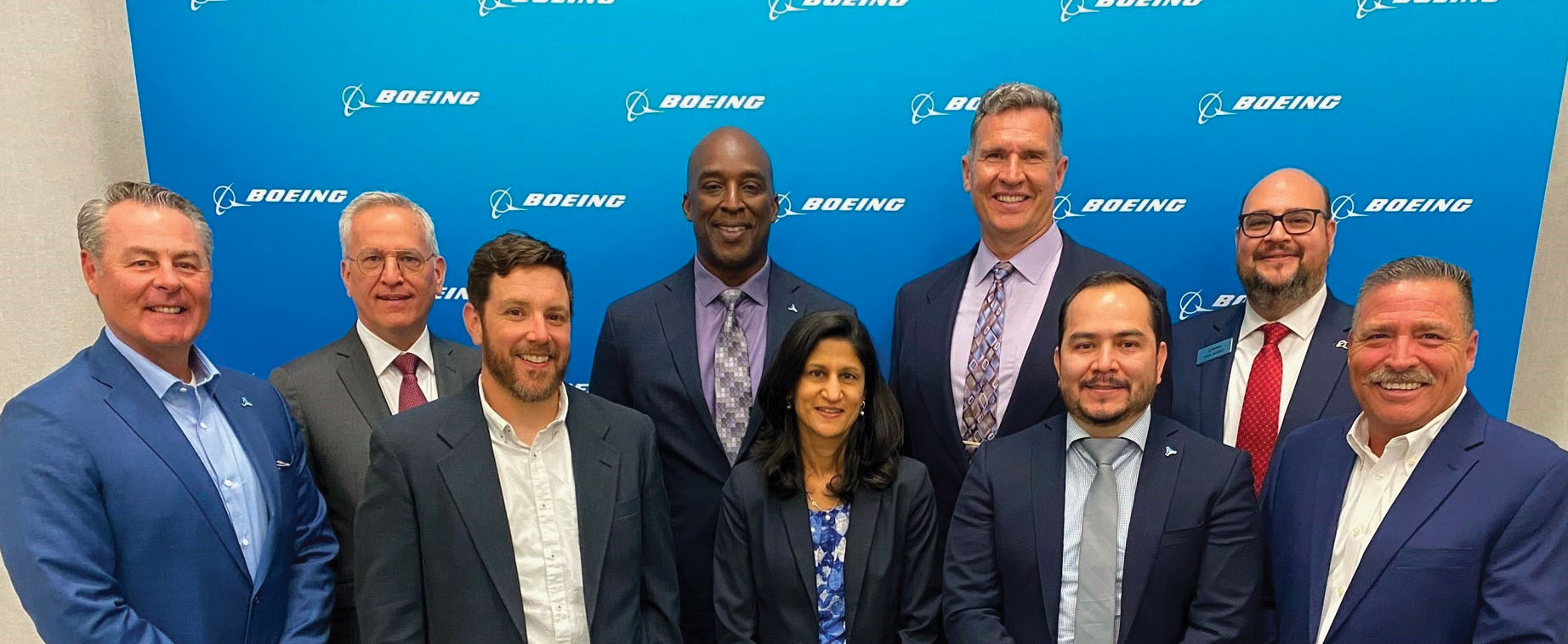Achieving Aerospace Material Cost Savings: Strategies for Efficiency and Innovation
The aerospace industry is known for its rigorous standards, cutting-edge technology, and stringent safety requirements. However, it also faces constant pressure to reduce costs while maintaining the highest levels of quality and performance. Material costs represent a significant portion of aerospace manufacturing expenses, making them a prime target for cost-saving initiatives. In this article, we…










